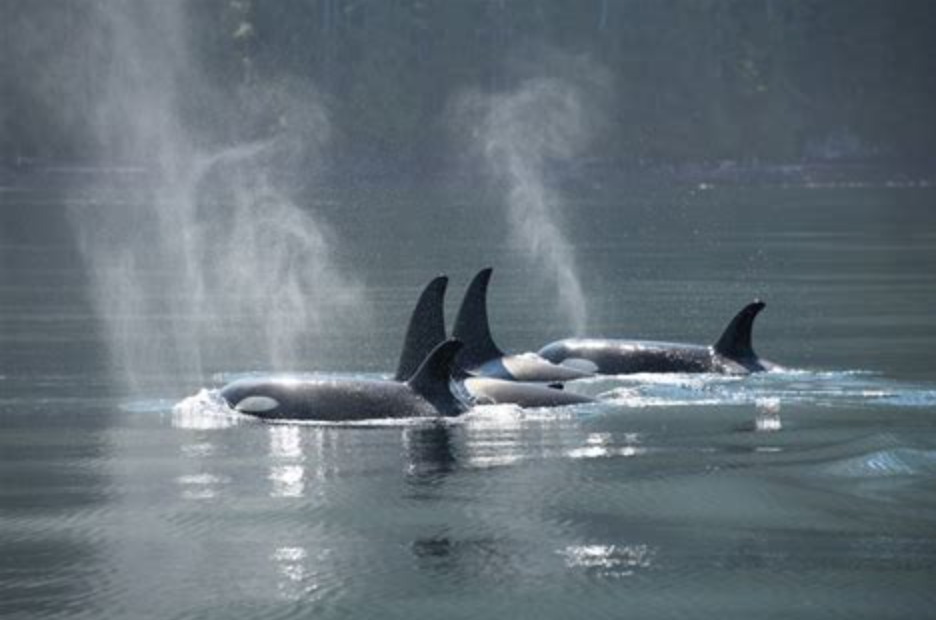13.07.2019 – Saturday dolphin fever
July 22, 2019Right place, right time
July 23, 2019Everyone who knows Madeira can agree that it is a little paradise with a population of warm, welcoming people, colourful fruits and flowers and incredibly dynamic landscapes. The unique local appreciation and preservation of the environment attracts avid naturalists from all walks of life. Like all islands, Madeira is home to a variety of endemic terrestrial species; that is different plants and animals that can only be encountered here on the archipelago. These unique plants, birds and insect populations inhabit the natural parks of the islands, where their populations are preserved to allow recovery from a history of human development and exploitation. The dramatic landscape of the island is mirrored in its seascape which, as with most oceanic islands, boasts an entirely different diversity.
While every island becomes a distinct habitat with unique species in its own right, the ocean surrounding it, that is void of geographical barriers and obstacles, can be considered a fountain of diversity. Like most oceanic islands, it is Madeiras geographical position that dictates the diversity of the marine species visiting its waters. The archipelago is situated around 500km from the coastline of West-Africa and enjoys a mild, sub-tropical climate thanks to the Gulf Stream and Canary current. The volcanic island is perched on the Tore-Madeira ridge, an abyssal submarine stretch with extreme dimensions that range from 150-3500 m in depth. This bathymetric structure is the reason why cetaceans and other marine predators find an abundance of prey around the island as several nutrients are forced to the surface by it and this also means that the waters serve as an ideal pitstop for species embarking on seasonal migrations or journeys through the ocean.
Apart from the 28 different confirmed species of cetaceans (a list that is still growing), it is also possible to enjoy encounters with a variety of other interesting and unexpected guests. During our trips for instance, we see several juvenile Loggerhead turtles (Caretta caretta) basking at the oceans surface to warm up and rest in the sunshine, with the majority of the animals originating from the nesting colonies in Cape Verde. Although rare it is also possible to see other species of marine turtles including the curious Hawksbill turtle (Eretmochelys imbricata) or even the enormous, endangered Leatherback turtle (Dermochelys coriacea). Apart from serving as a breeding area for several marine birds, particularly the estival breeding Cory’s Shearwaters (Calonectris borealis), we also have sightings of birds on a brief lay-over during their long migration flights. These may include Northern Gannets (Morus bassanus), Great Skuas (Stercorarius skua) and Sooty Shearwaters (Ardenna grisea), to name a few.
In contrast to air-breathing bird and basking reptile species encountered out on the Atlantic, it is also possible to enjoy sightings with ocean dwellers that do not spend a substantial amount of time at the surface, like different species of Atlantic fish. Apart from the intensively hunted and pursued schooling fish flocking to the archipelagos waters, our team also had the pleasure of encountering Ocean sunfish (Mola mola), White marlins (Kajikia albida), Blue sharks (Prionace glauca), Hammerhead sharks (Sphyrna lewini) and the largest of them all; the incredible Whale shark (Rhincodon typus). The white blotches on the backs of whale sharks often gives them away to spotters on land searching for cetaceans at sea but whale-watching boats rarely make it to the animal on time. Our team, however, had a surprise encounter with an 8m giant last year as the animal was gently filter-feeding at the surface.
So basically, while endemic species deliver a sort of expected and unique beauty that comes with island life, the waters surrounding most islands are full of incredible surprises! Of course we aren’t complaining; not everybody can clock in to work and not know what to expect of the generous Atlantic Ocean and we are ready for anything!
By Paula Thake




